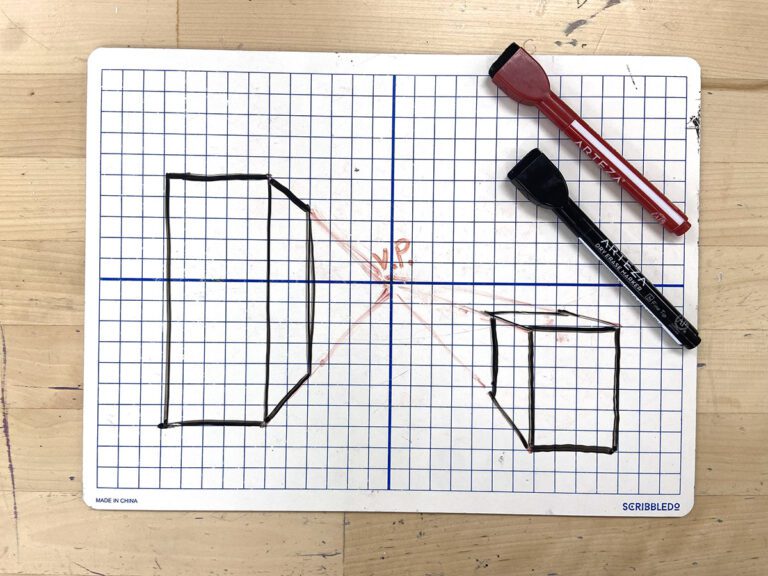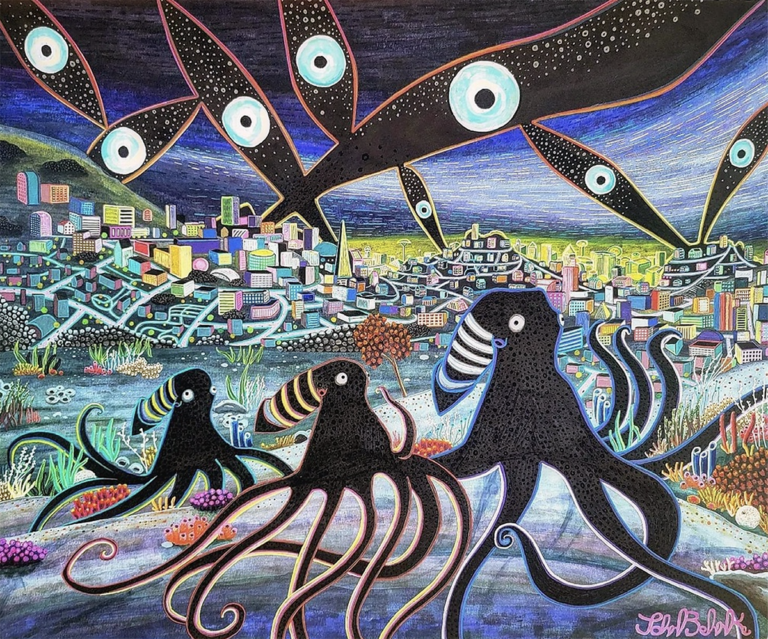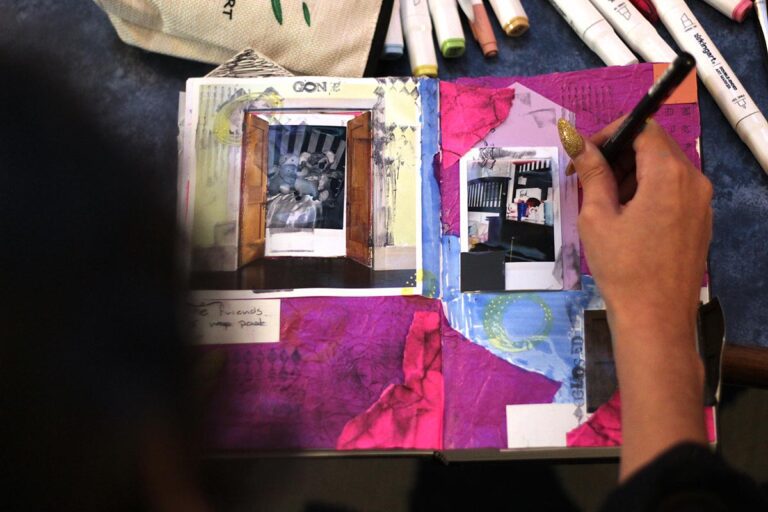Outlining in Sharpie to define shapes before adding color has become a cornerstone of most elementary, middle school, and sometimes high school art projects. I’ll admit, many of my own art lessons include this step in the artistic process. I choose to have students outline in sharpie for many reasons – the most important being the definition, neatness, and bold clarity it can add to art projects without becoming blurred by the painting process. Although it can be time consuming (adding an extra step always is) the results are usually worth it.
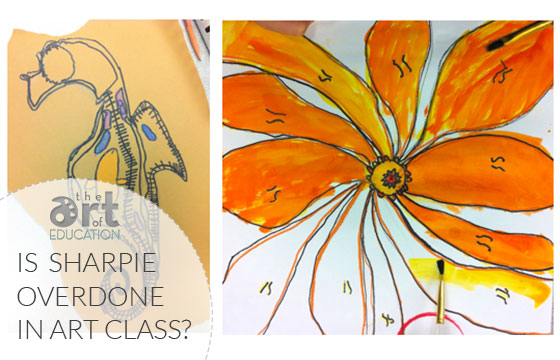
Lately I’ve been asking myself: Where did this practice start? Why did it start? Is it necessary?
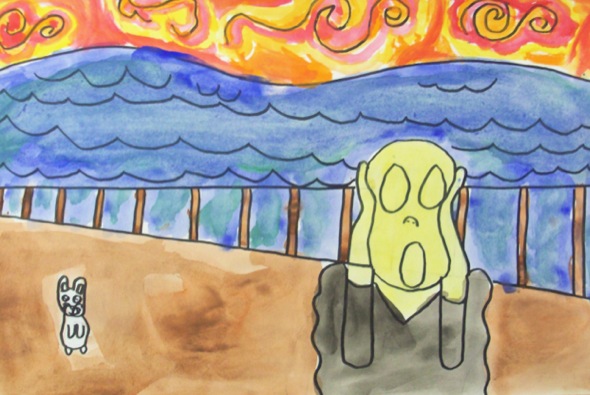
One project that turns out great and doesn’t involve Sharpie is my 1st Grade Royal Portraits (full lesson plan will be coming soon!) – I couldn’t bear to add black outlining to the delicate drawing skills of my 1st graders. I do, however, suggest they do some defining or outlining in colored pencil if the work needs to ‘pop’ a bit more. This seems to work great.
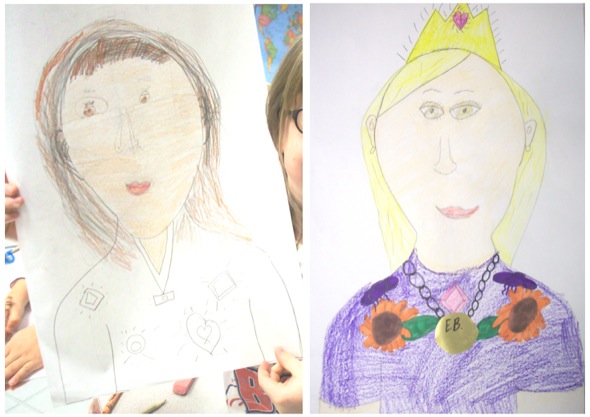
Perhaps this debate is simply a matter of personal preference. Some teachers are 100% on board, others against it, and for most of us striking a balance with media is our goal. I’d love to hear your thoughts.
Do you think outlining in Sharpie is overdone, or an important part of a successful art lesson?
What other methods do you use to help artwork stay neat and defined?
Magazine articles and podcasts are opinions of professional education contributors and do not necessarily represent the position of the Art of Education University (AOEU) or its academic offerings. Contributors use terms in the way they are most often talked about in the scope of their educational experiences.

